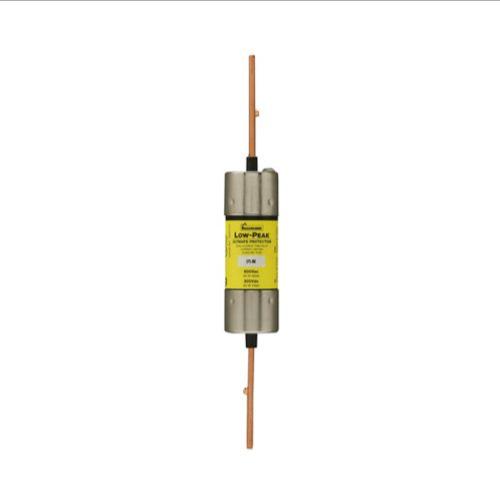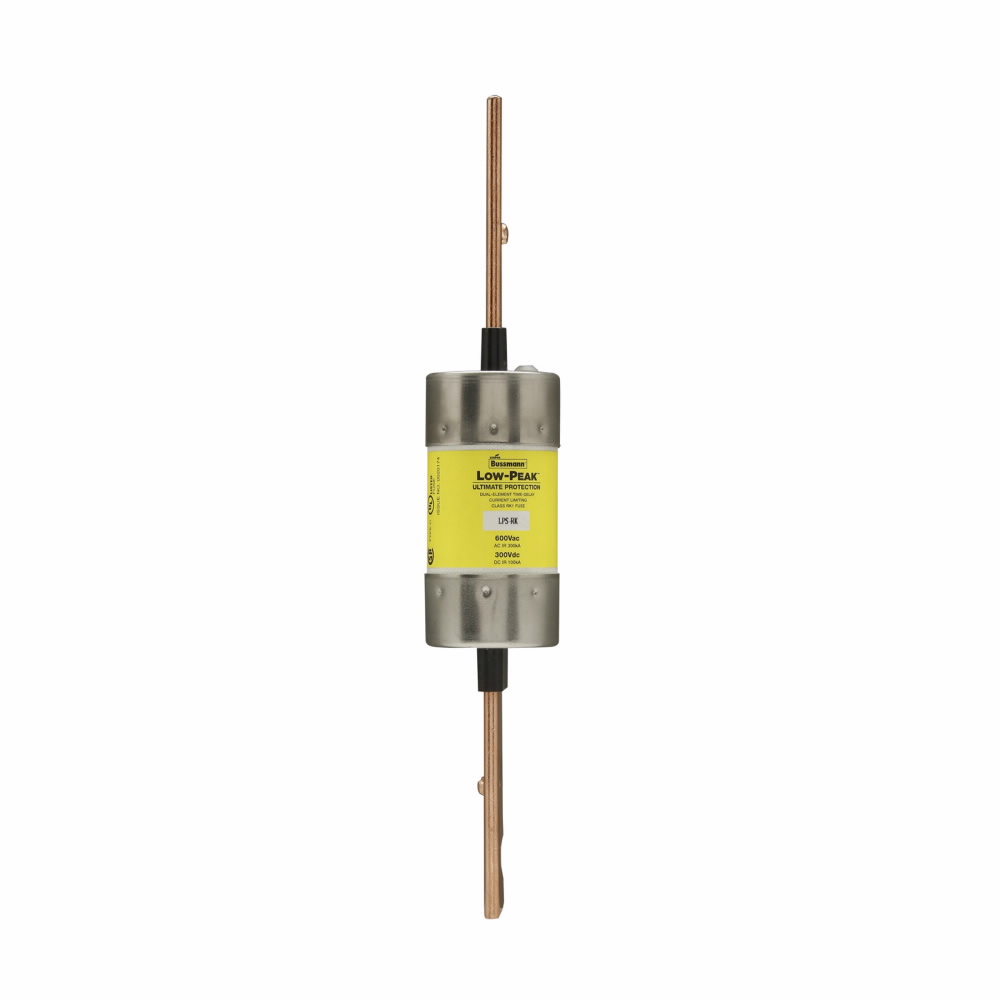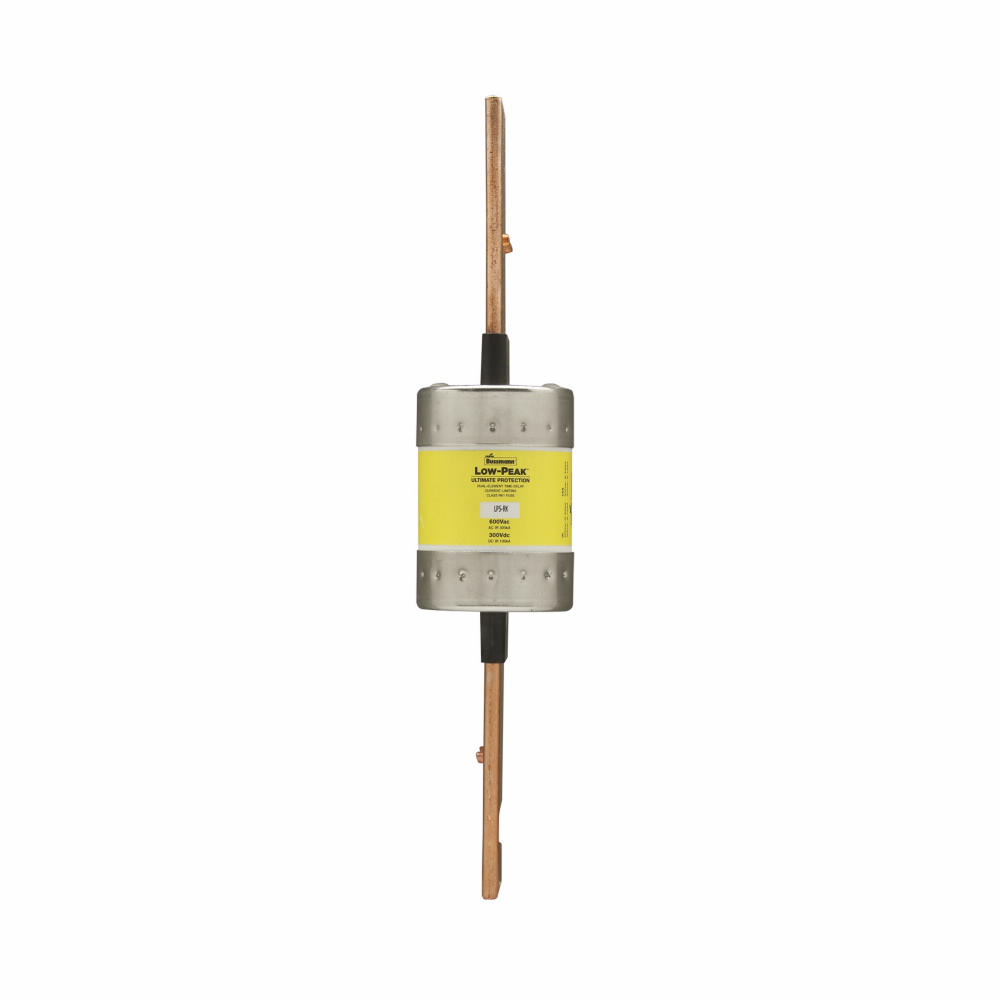Bussmann LPS-RK-100SP fuse is designed to interrupt excessive currents, preventing damage caused by short circuits or overloads. It is used in manufacturing plants, data centres and power distribution panels.
Working Mechanism:
- Bussmann LPS-RK-100SP fuse swiftly responds to sudden current surges from short circuits through its dual-element design, merging fast-acting and time-delay features. Its fast-acting element promptly interrupts the circuit during a short circuit to prevent damage, while the time-delay mechanism handles extended overloads without unnecessary tripping. By limiting short-circuit currents, it safeguards downstream components, maintaining system safety. Operating within specific voltage and current ranges, the fuse melts or vaporizes its element to cut off excessive current. The uniform ampacity ratios across Low-Peak fuses like LPS-RK-100SP enable selective coordination, enhancing system reliability by isolating faults and minimising downtime.
Features:
- Bussmann LPS-RK-100SP fuse supports voltages up to 600VAC and 300VDC, making it adaptable to various voltage levels in different setups.
- It features a dual-element design for response to short-circuit faults while also offering time-delay capabilities.
- This fuse has interrupt ratings of 300kA (for AC supply) and 100kA (for DC supply).
- It has 130% of full load amperage (FLA) when providing backup protection for motors.
- This Bussmann LPS-RK-100SP fuse limit current mitigates the damaged thermal and magnetic effects of short-circuit currents.
- For model with higher current rating, check out Bussmann fuse with amperage ratings up to 500A.
Frequently Asked Questions:
Q. What is the significance of dual-element in Bussmann LPS-RK-100SP fuse?
A. Dual-element fuses offer a combination of fast-acting and time-delay protection, making them suitable for a wide range of applications that require both rapid fault interruption and overload tolerance.
Q. What is the purpose of the time-delay mechanism in this fuse?
A. The time-delay mechanism allows the fuse to tolerate brief overloads, such as those that occur during motor starting. It prevents unnecessary tripping while still protecting against sustained overcurrents.
Q. What are the factors to consider while choosing fuse for my application?
A. Major factors include current rating, voltage rating, interrupting rating and operating temperature.
 Change Country
Change Country

 In Stock : 184 Units
In Stock : 184 Units




